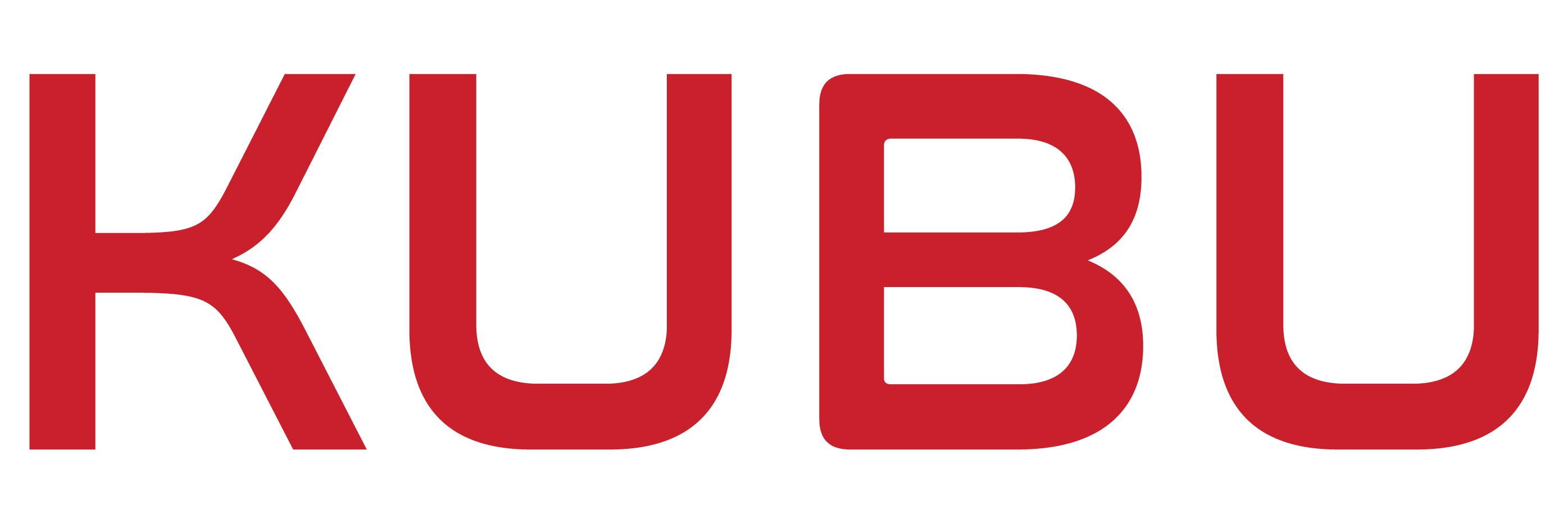Model Making and Digital Fabrication
Materials
Concrete
Dense material used for structural representation and accurate surface texture reproduction in architectural models. Offers excellent compressive strength and thermal mass representation. Effective for monolithic forms, foundation elements, and expressing structural materiality.
Plaster
Versatile casting material ideal for rapid production of monolithic forms and architectural elements. Provides clean, precise surfaces with good detail capture. Suitable for iterative model development and volume studies requiring quick production cycles.
Resin
Polymer material offers transparency, structural strength, and fine-detail reproduction capabilities. UV-stable variants prevent yellowing over time. It is ideal for water features, glazing elements, and complex casting applications requiring high detail retention.
Acrylic
Precision material suitable for clean cutting, assembly, and transparent architectural elements. Available in various thicknesses and transparency levels. Excellent dimensional stability and edge quality when laser-cut or machined.
Beeswax
A natural, malleable material with excellent surface quality and carving properties, it provides a warm, tactile quality to representational models. It is useful for iterative design studies and concept development, where forms require frequent manipulation.
Paraffin
Petroleum-derived wax with consistent working properties and good stability. Its lower melting point than beeswax makes it suitable for rapid casting processes and mould making. It is also effective for preliminary volumes and urban massing studies.
PLA
3D-printed biodegradable thermoplastic (Polylactic Acid) offers excellent dimensional accuracy and crisp detail production with minimal warping. Material properties can be modified through infill percentage and layer thickness.
PETG
3D-printed engineering-grade thermoplastic (Polyethylene Terephthalate Glycol) provides superior strength, flexibility, and durability with enhanced temperature resistance. It offers excellent layer adhesion and impact resistance for functional model components.
Jesmonite
Composite material provides exceptional durability and fine surface finish quality for detailed architectural components. It is water-based acrylic-modified gypsum that accepts pigmentation and aggregates. It is ideal for models requiring durability, fine surface detail, and colour integration.
Techniques
Mould Casting
A process for creating multiple identical components through silicone or plaster mould production. This enables the reproduction of complex geometries and consistent component fabrication. It is particularly effective for repetitive elements such as columns, panels, or modular units requiring dimensional consistency.
Etching
A surface detailing technique for creating intricate patterns and textures on various model materials, it produces high-resolution surface treatments through chemical or laser processes. It is suitable for representing façade details, material textures, and site context information on base materials.
3D Printing
An additive manufacturing process enables the production of complex geometries and precise architectural elements. It allows the creation of components with impossible internal structures through traditional fabrication. This process is effective for intricate structural systems, complex organic forms, and prototype development.
Precision Cutting
Laser and CNC cutting methods are used to fabricate model components and assemblies accurately. These methods provide exceptional edge quality and dimensional precision across multiple materials. They are essential for creating clean joints, interlocking components, and precise plan geometries requiring high tolerance.
Manual Fabrication
Traditional hands-on crafting techniques provide refined details and material manipulation. They incorporate carving, sanding, assembly, and finishing processes unique to physical model production. These processes are critical for achieving material authenticity, surface quality, and design nuance that automated processes cannot replicate.
Model Types
Site Context Models
Physical representations of topography, urban surroundings, and environmental conditions for project contextualisation. Typically produced at more minor scales (1:500, 1:1000) to demonstrate site relationships and massing studies. Essential for understanding project impact, solar orientation, and integration with the existing built environment.
Working Models
Iterative physical tools facilitate design development and concept testing through three-dimensional exploration. They are often constructed using rapid techniques and modifiable materials, allowing quick adjustments during design development. They are valuable for testing spatial relationships, volumetric studies, and design alternatives before final documentation.
Presentation Models
High-impact visual communication tools for effective client and stakeholder engagement. Constructed with refined materials and detailed finishing techniques to clearly articulate design intent. Strategic lighting, material selection, and construction quality convey the architectural concept precisely and clearly.
Technical Models
Detailed representations demonstrating structural systems, construction methodologies, and technical solutions. Produced at larger scales (1:20, 1:50) to illustrate construction details, material transitions, and assembly logic. Effective for resolving complex junctions, understanding structural behaviour, and communicating technical aspects to construction teams.
Sectional Models
Cutaway representations reveal internal spatial relationships and architectural transitions within a design. They provide critical insight into spatial volumes, level changes, and circulation pathways not visible in plan-based representations. They are particularly valuable for complex programs with intricate internal relationships or projects with significant sectional variation.
Model-Making and Digital Fabrication FAQ
Answers to frequently asked questions for architectural model making.
KUBU Workshop produces site context models, working models, presentation models, technical/structural models, and sectional models. Each serves a specific purpose in the design process, from early concept exploration to final presentation.
Architectural models provide immediate three-dimensional understanding, reveal spatial relationships not apparent in digital formats, enable physical exploration of concepts, and serve as practical client communication tools. They frequently identify design opportunities and challenges not identifiable in two-dimensional representations.
We use concrete, plaster, resin, acrylic, 3D-printed PLA, and Jesmonite. Material selection depends on each model's requirements, considering structural properties, detail representation, visual qualities, and intended function.
We integrate traditional craftsmanship with digital fabrication techniques, including 3D-printing, laser cutting, and CNC operations, to produce complex geometries and component systems precisely.
KUBU Workshop models combine multiple techniques and materials rather than relying on single-method production. We integrate digital fabrication with traditional craftsmanship and material diversity to achieve superior detail, texture, and visual communication.
Yes, we create precise models of existing and heritage structures that accurately represent architectural elements, materials, and spatial configurations.
As an integrated practice, KUBU incorporates model-making into our architectural and structural engineering workflow. Models are collaborative tools between disciplines to resolve technical challenges, test structural concepts, and communicate complex systems.
